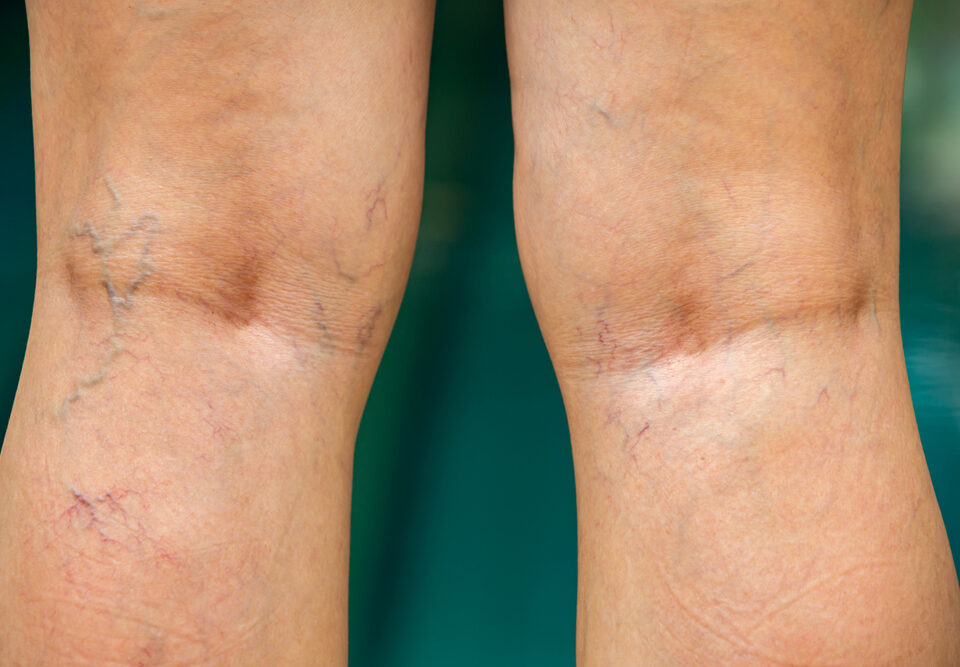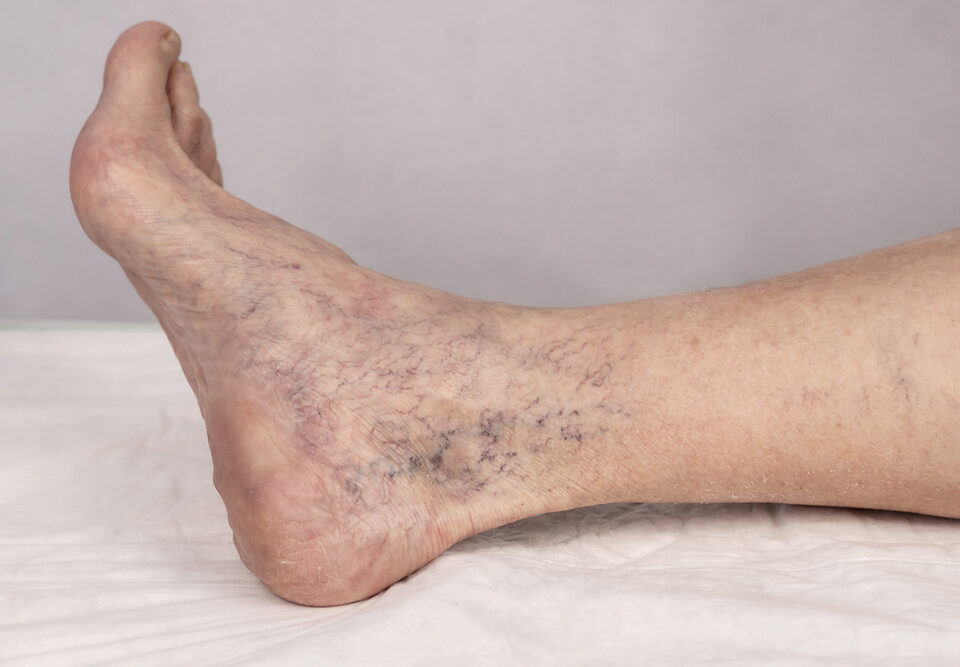If you suffer from peripheral artery disease (PAD), join the club. About 8 million Americans live with PAD. Lower extremity PAD can cause cramps and pain in thighs, calves, or hips when you exercise, climb stairs, or walk.
While PAD pain usually eases within a few minutes of rest, poor circulation can repeatedly bring it back. At Premier Vein & Vascular, Dr. Saleem Saiyad will educate you about the simple lifestyle changes you can make to improve circulation and help your PAD symptoms.
Tip #1: Exercise is key
Exercise and physical activity are crucial to managing PAD. Here’s how.
Physical activity preserves and improves your body’s ability to function. Without exercise, your ability to walk pain-free will continue to decline. The more pain you feel, the less you’ll move, continuing the downward spiral.
Leg cramping, the most common PAD symptom, occurs when your leg muscles don’t get sufficient blood flow when you move. Exercise helps your body use oxygen more efficiently, increasing blood flow to muscles, and reducing cramps.
Patients with PAD who engage in custom supervised exercise sessions, typically held twice a week, receive long-term improvements in physical function and quality of life.
Tip #2: Watch your weight
When you’re overweight or obese, the excess weight puts a significant burden on your circulatory system, requiring your heart to work harder to circulate blood. Also, extra weight burdens your organs and systems that must work together to keep you healthy.
Obesity is a significant risk factor for PAD, and the more weight you gain, the more your functional capacity declines. If you’re overweight, we’ll help you create a reasonable weight-loss plan. Losing as little as 10% of your body weight can greatly improve your circulation and PAD symptoms.
Tip #3: Quit smoking
Smoking is good for nothing, physically, and it’s the single greatest danger to your arteries. Smoking causes arteries to become inflamed and irritated. This leads to a buildup of plaque that causes your arteries to narrow, reducing blood flow to your organs and muscles. The result is an increased risk of PAD, plus a higher likelihood of developing blood clots.
When you continue to smoke after you’ve developed PAD, you increase your risk for severe complications, such as gangrene from reduced blood flow and an abdominal aneurysm, where the aorta ruptures.
Lifestyle changes might improve your PAD symptoms and slow down the disease’s progress, but they’re not a cure for this progressive disease. Interventional therapy may still be required. Dr. Saiyad and his team are dedicated to changing lives through exceptional care.
If PAD is making even small movements painful, you should seek treatment. To make an appointment at Premier Vein & Vascular, call our office at 727-217-5720, or send us a message online.





